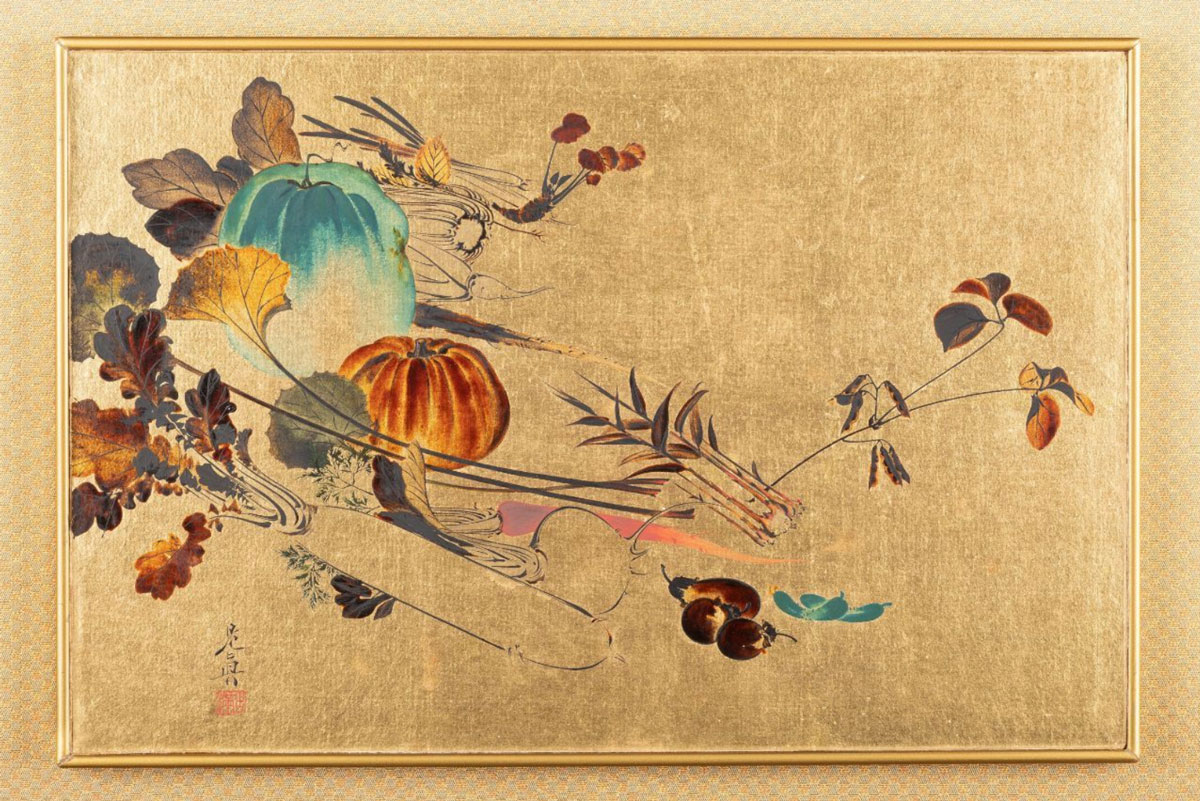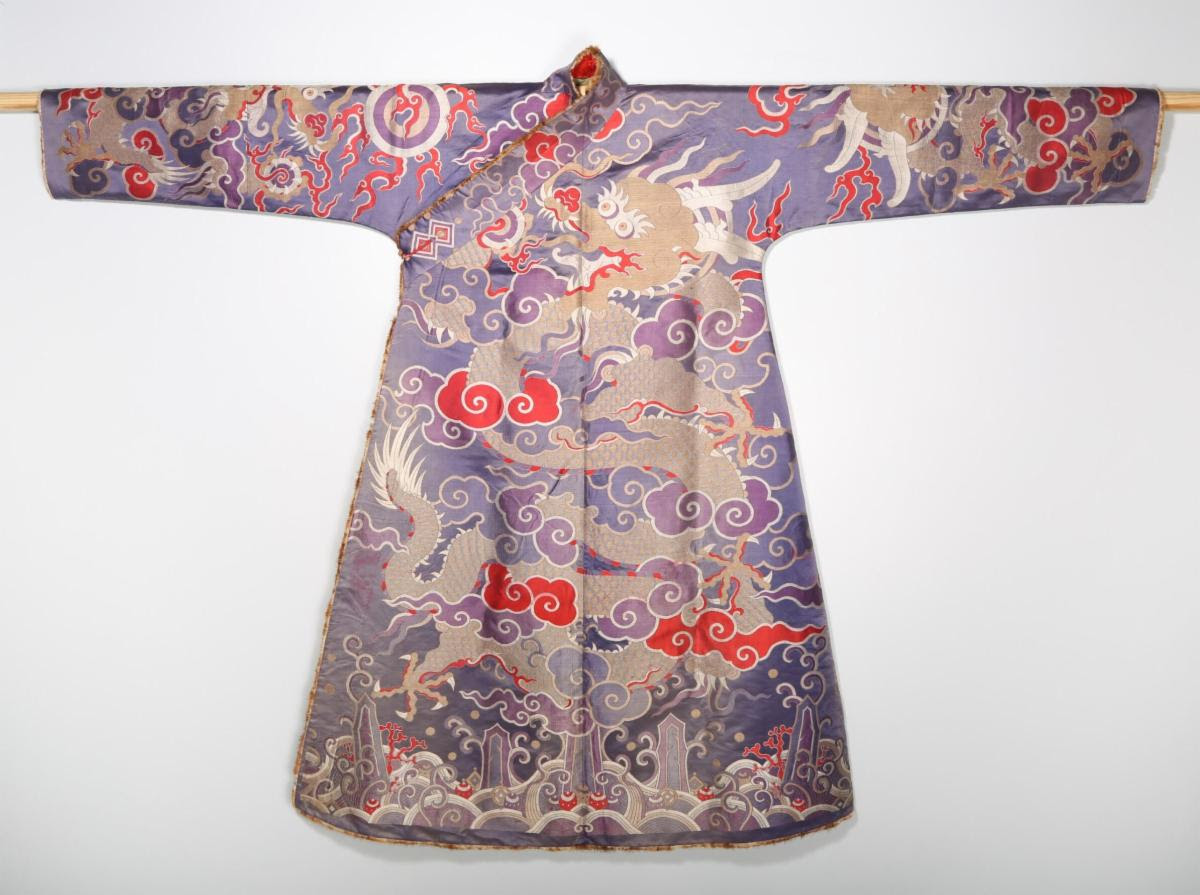UPCOMING EVENT:
Lecture: teamLab: Collectivity, Chance, and the Fabric of Urban Japan with Nina Horisaki-Christens
Tuesday, July 16, 2024
6:00 –7:00pm
John L. Santikos Auditorium
Ticket Price: $5.00
Ticket Price Members: Free
On the occasion of our Spring exhibition, The World of Irreversible Change where the digital artwork by international art collective teamLab is presented alongside a seventeenth-century Japanese screen from SAMA’s collection, we are pleased to hold a fascinating lecture about the exhibit with art historian Nina Horisaki-Christens.
Dr. Horisaki-Christens will explore the background of The World of Irreversible Change, teamLab’s digital, animated artwork reminiscent of historic Japanese folding screens depicting bustling cityscapes. The discussion will position the artwork within the Japanese contemporary art scene, the history of technology-based artistic experiments, and rhetorics of chance and change in Japanese art.
Nina Horisaki-Christens is a 2023-24 Postdoctoral Fellow at the Getty Research Institute and holds a PhD from the Department of Art History and Archaeology and the Institute for Comparative Literature and Society at Columbia University. Her research focuses on the intersection of art, media, urbanism, translation, and social engagement in Japan, Asia, and the Asian diaspora.
To register in person, click here.
To register for the livestream, click here.

teamLab, The World of Irreversible Change, 2022, interactive digital work, 6 channels, endless, sound: teamLab © teamLab, courtesy Pace Gallery
teamLab: The World of Irreversible Change
March 23, 2024 – March 23, 2025
This Spring, we are presenting a digital artwork by the international art collective teamLab alongside a seventeenth-century Japanese screen from SAMA’s collection.
The World of Irreversible Change resembles the format of historic Japanese screens such as Scenes in and Around Kyoto (Rakuchu Rakugai-zu), which presents a birds-eye view of the ancient capital city with major buildings and thoroughfares that are bustling with life. Viewers’ actions affect the artworld of a virtual city that is both somewhere in time and here and now and influence the behaviors of the people in it. Although its inhabitants may become agitated and cause destruction, regrowth of the virtual environment continues eternally, albeit forever changed.
Presented across six monitors, the artwork changes in real-time with the seasons, weather, and the time of day of its location. The artworks bring forward concepts including digital vs. analog, the recontextualization of art historical precedents, collective creativity, and humanity’s relationship to the environment.
teamLab (f. 2001) is an international art collective. Their collaborative practice seeks to navigate the confluence of art, science, technology, and the natural world. Through art, the interdisciplinary group of specialists, including artists, programmers, engineers, CG animators, mathematicians, and architects, aims to explore the relationship between the self and the world and new forms of perception.
To learn more, click here.

Shibata Zeshin, Japanese, 1807-1891, Still Life with Vegetables, 19th century, colored lacquer and gold leaf on paper, 7 1/8 × 10 5/8 in. (18.1 × 27 cm), On loan from The Catherine and Thomas Edson Collection, L.2009.10.3
The Exquisite Art of Shibata Zeshin: Lacquerwares and Paintings
April 27, 2024 – October 27, 2024
The new installation in the Japanese Gallery focuses on lacquer, a medium derived from the toxic sap of trees belonging to the genus of poison oaks. Asian lacquer trees are found in India, China, Korea and Japan, and each country has produced distinctive lacquerwares since ancient times.
Throughout its history, lacquer has been used in a variety of ways for finishes on a wide range of items. In Japan, polished gold boxes embellished with designs in mixed metals and cut and sprinkled gold became one of the exquisite crafts produced as early as the Heian period (794–1185). Black lacquer decorated in gold as well as a warm red lacquer finishes were produced for dining utensils used in Buddhist temples and elite homes.
Japanese lacquerwares reached a pinnacle in the work of artist Shibata Zeshin during the Meiji period (1868–1912). Zeshin was a multi-talented artist who learned traditional painting techniques but was also extraordinarily skilled in using lacquer. Notably, he adapted this difficult medium to painting by inventing a way to maintain the flexibility of the lacquer so that a scroll could be rolled without cracking.
Works on view include sake ewers, stacked boxes for food, storage boxes for paper and clothing, writing boxes with inkstones and brushes, and paintings.
To learn more and view the works, click here.
Samurai Spirit: Swords, Accessories, and Paintings
January 6, 2024 – January 26, 2025
Asian Special Exhibitions Gallery, 2nd Floor West
First recounted by oral narratives, the stories of battles, heroic pursuits, and famous samurai warriors became popular subjects of literature, theater, and pictorial arts that have endured through the ages. And their swords, polished and decorated, were revered as treasured emblems of their honorable heritage.
This exhibit features two important fourteenth century swords, a wakizashi, a short sword signed by the maker, Yoshioka Ishimonji Sukehide, dated to July, 1363, and a katana, a longer sword typically wielded with two hands, that were purchased with funds realized from the sale of the late Robert Clemons’s bequest to SAMA. Japanese swords are admired for the strength of the steel, which comes from heating and folding the metal many times, and by shaping the steel to a fine, sharp blade.
Other samurai weapons and objects round out this introduction to a major aspect of traditional Japanese culture.
To view the exhibition, click here.

Tibetan Man’s Robe, Chuba, China, Qing dynasty (1644-1911), 19th century, Brocade silk damask, gold-wrapped silk yarn, polychrome silk yarn, and fur. Purchased with funds provided by the Bessie Timon Endowment Fund and anonymous donors, 2023.2.2.
The Permanent Asian Art Collection
The Lenora and Walter F. Brown Asian Art Wing
In 1990, museum trustees Walter F. and Lenora Brown began donating what has grown to over 500 Asian objects, mostly Chinese ceramics, which surveys the entire 5,000-year history of ceramics produced in China. With additional later acquisitions, the Museum’s collection of Asian art is now among the finest in the nation and is drawn from several cultures across the continent, including China, Japan, Korea, India, Tibet, Nepal, Pakistan, Mongolia, Myanmar, Thailand, Cambodia, Vietnam, Indonesia, and Sri Lanka.
The collection was installed in its new and dedicated space, the 15,000-square-foot Lenora and Walter F. Brown Asian Art Wing, in 2005. With the installation in 2019 on the museum’s grounds of a 12-foot-high, six-and-a-half ton Taihu Rock, gifted by San Antonio’s sister city Wuxi in China, the Asian art collection became part of SAMA’s riverview.
To view the collection, click here.

